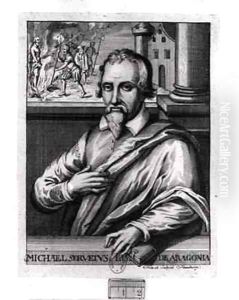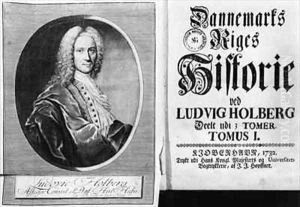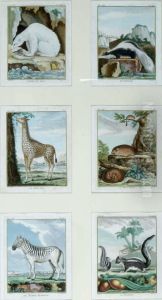Christian Friedrich Fritzsch Paintings
Christian Friedrich Fritzsch, also known as Fritzsch the Elder, was a German artist born in 1695 in Altenburg, Thuringia, which was then part of the Holy Roman Empire. He was primarily known for his work as an engraver and book illustrator. Fritzsch’s artistic journey began in his early years when he apprenticed under a local artist to learn the craft of engraving.
In the early part of his career, Fritzsch moved to Hamburg, where he became significantly involved in the artistic community. He worked on various projects, including book illustrations, portraits, and other engravings. His style was characterized by the baroque sensibilities of the time, featuring intricate detail and a focus on the interplay of light and shadow, which was a common trait in the works of baroque engravers.
One of the notable aspects of Fritzsch's career was his collaboration with the famous German writer and thinker, Johann Christoph Gottsched. Fritzsch provided illustrations for some of Gottsched's publications. This collaboration helped spread Fritzsch's reputation beyond Hamburg, as Gottsched was a central figure in the German Enlightenment, advocating for rationalism and literary reforms.
Fritzsch's work often reflected the intellectual and cultural currents of his time. He was part of the movement that saw the transition from the baroque to the early Enlightenment in Germany, a period which sought to harmonize the artistic grandeur of the previous era with the emerging values of clarity, reason, and order.
Throughout his life, Fritzsch contributed to the visual culture of his time. His engravings were not only artistic expressions but also served as educational and informational media, illustrating scientific and literary works that were accessible to a growing literate middle class.
Christian Friedrich Fritzsch passed away in 1769 in Hamburg. His contributions to engraving and book illustration left a significant impact on the visual arts in Germany during the 18th century. His works continue to be studied and appreciated for their technical skill and historical value, providing insight into the cultural and intellectual milieu of his era.


